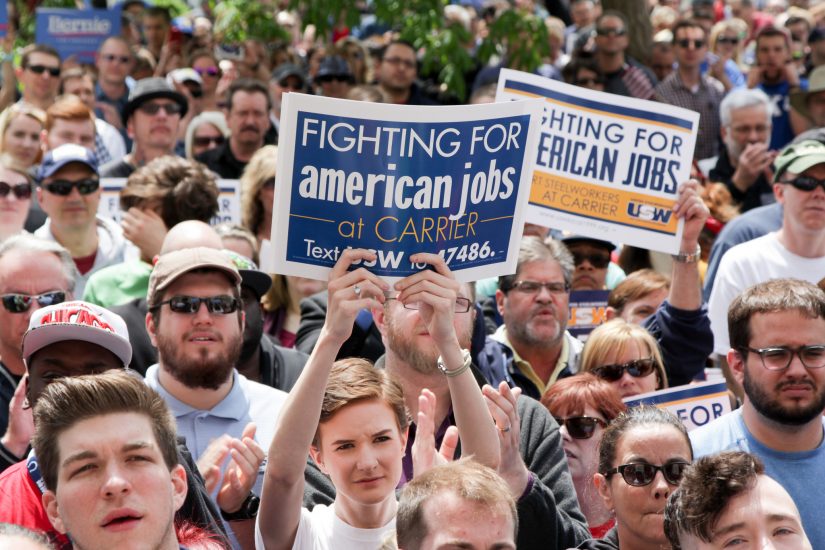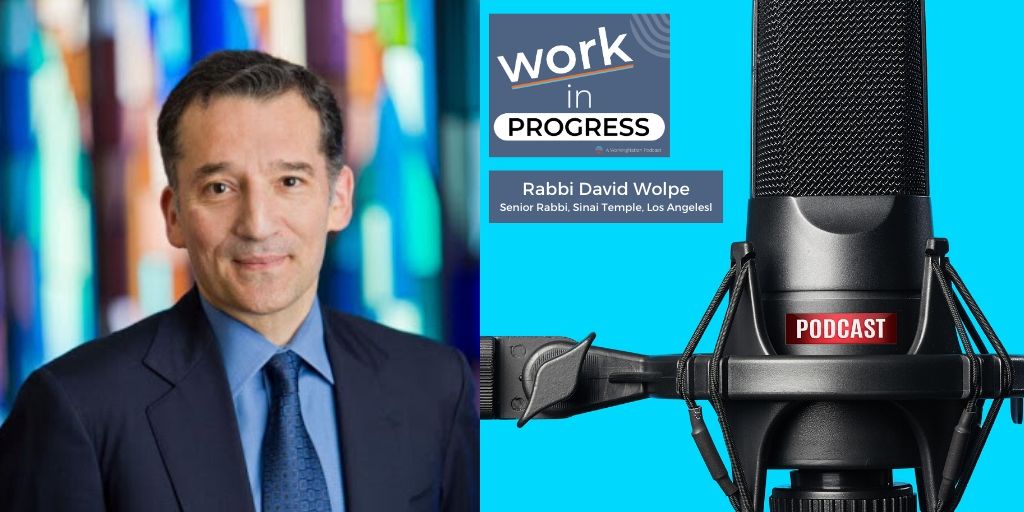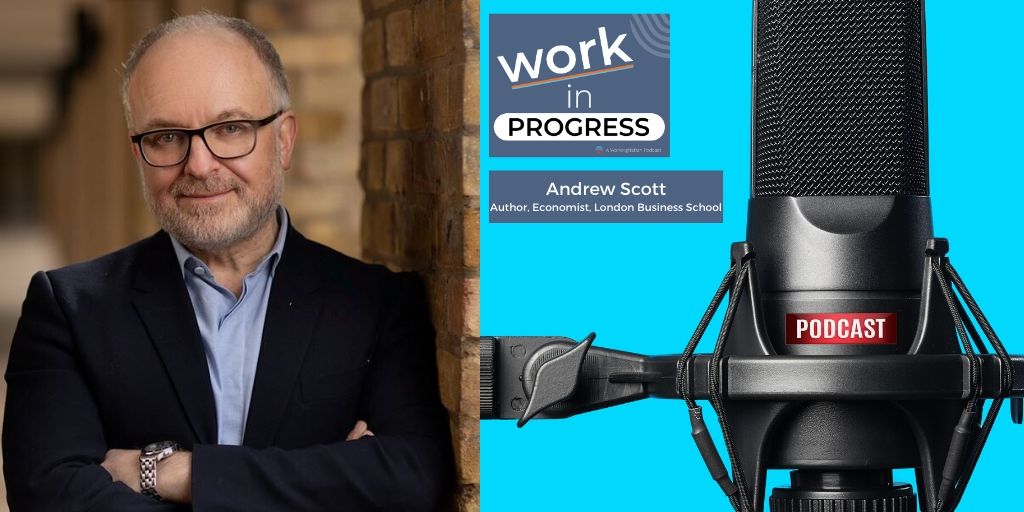News and social media outlets are buzzing Wednesday with the news that Donald Trump has reached a deal with Carrier Corp. to keep about 850 jobs in the U.S.
For most of the 1,400 workers faced with losing their jobs once the company, which manufactures gas furnaces in Indianapolis, moved its operations to Mexico in 2017, the news feels like a huge victory.
https://twitter.com/realDonaldTrump/status/803805823503925250
We have been following this story for months now and even went out to Indianapolis to speak with workers who were blindsided with the news that the job they planned to retire from was closing up shop for cheaper labor outside the U.S.
Following this latest development, we reached out to TJ Bray, one of the previous workers we spoke with in Indianapolis, to find out what he thought about the deal and what he’s going to do next.
We also looked at more reactions to the deal from employees and the union.
.@Carrier employee Robin Maynard's message to Trump and Pence: 'Thank you for sticking to your word and going to bat for all of us.' pic.twitter.com/TBxLDGlZmU
— FOX & friends (@foxandfriends) November 30, 2016
Union President at Carrier given no information about deal: “We’re trying to figure out what the hell is going on." https://t.co/5ZoXuif3FJ
— Matt Stoller (@matthewstoller) November 30, 2016
As we await the details of the deal, which are expected to be revealed Thursday, we can’t help but watch the conversation going on on the internet and everyone’s reaction to it. Some facts to consider:
- Carrier’s parent United Technologies reaps $5.6 billion in revenue making Pratt & Whitney jet engines for the Pentagon.
- While Carrier is symbolic of the diminishing manufacturing workforce in the Rust Belt, the top 10 employers in Indianapolis all are in the medical/healthcare field and employ nearly 83,000 workers.
Some see this as a battle victory in the war against outsourcing:
https://twitter.com/Marino4Congress/status/803943649432236032
https://twitter.com/ChristiChat/status/803774514723168256
Carrier deal is proof that Trump is already making America great again | via @lizpeek https://t.co/np9xdAQdPy
— Fox News Opinion (@FoxNewsOpinion) November 30, 2016
https://twitter.com/immigrant4trump/status/803792037166321664
While others see it through a different lens, one that is looking at the bigger picture:
If Trump did a Carrier-style deal every week for the next 4 years, he could bring back 4% of the manufacturing jobs lost since 2000.
— Paul Krugman (@paulkrugman) November 30, 2016
Another metric: Trump would have to do one Carrier-sized deal a week for 30 years to save as many jobs as Obama's auto bailout
— Paul Krugman (@paulkrugman) November 30, 2016
Trump's deal to keep Carrier jobs in Indiana won't be easily replicable in states where his VP doesn't still govern: https://t.co/HM1ntNqdGo
— WIRED (@WIRED) November 30, 2016
The Trump Effect? After Carrier pledge to keep jobs in US, more companies may follow | https://t.co/nzsxxeqCRR
— ken price (@sgtprice) November 30, 2016
Trump's Carrier deal is the opposite of him 'taking on big business' https://t.co/KGGNPkQYMc pic.twitter.com/b4chZAxxGE
— Splinter (@splinter_news) November 30, 2016
https://twitter.com/jesseberney/status/803946487759642624
Here’s what you really need to know about Trump’s Carrier deal https://t.co/jMKGztrOme pic.twitter.com/IwDhj35sS3
— Mother Jones (@MotherJones) November 30, 2016
What we don’t want to do at WorkingNation is jump to any conclusions before we hear the details, and we do have a number of questions that we plan to address in the coming days as we learn more including:
- Is this news a relief for workers or a wake-up call?
- What does the landscape look like for the 1,000 employees who will remain?
- How does this affect other companies around the area and the country, both in manufacturing and in other industries?
In the meantime, we plan to watch this development very closely and continue our mission of addressing issues like this in a way that provides the most benefit to the worker and the workforce for the long-term. More in the days to come.











